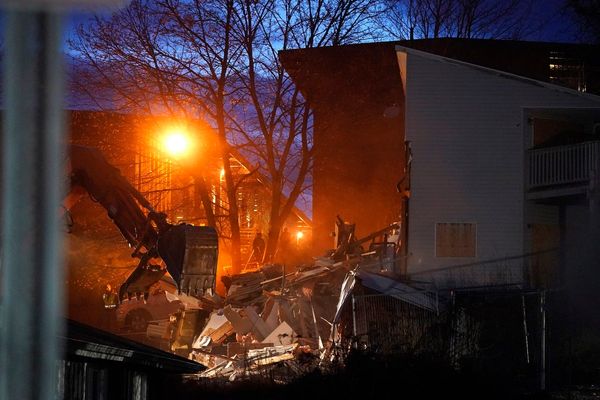
The Ford Ranger racing in this year’s South African Rally-Raid Championship isn’t your standard pickup. The truck, built and designed by Neil Woolridge Motorsport (NWM) for the NWM Ford Castrol Team, resembles a current-generation Ranger in passing, but it has a host of modifications that make it capable of handling the rigors of the SARRC.
The first race kicks off later this month on March 25, and the Ranger NWM Ford is sending should be able to handle the job just fine. Last year, the team won two races and finished second overall, and the improvements to the truck should better the team’s chances this year. The new pickup, which uses high-tech carbon-fiber and aramid weave for the cabin and body, retain’s the previous truck’s butterfly doors, a trademarked feature of NMW.
Gallery: SA Rally-Raid Championship Ford Ranger




The truck is 11.8 inches (300 millimeters) wider, with 37-inch tires wrapped around 17-inch wheels hiding under aggressively flared wheel arches. The larger wheels allow for larger brakes, the discs growing from 12.9 in. (328 mm) to 13.9 in. (355 mm). The front and rear brakes are air-cooled, but NWM also water cools the rear brakes to reduce brake fade further.
The truck also gets a reworked suspension, replacing the dual-damper setup with a single-damper one. The pickup also gets new upper and lower control arms and a longer drive shaft, both of which help increase wheel travel. It increases from 11.0 in. (280 mm) to 13.7 in. (350 mm).
This year’s race coincides with new regulations that the team had to prepare for, like moving from only being allowed three to two spare tires. “We started redesigning our Ranger and the various new components required around the middle of last year once the T1+ rules were finalized,” said team principal Neil Woolridge.
Powering the pickup is Ford’s 3.5-liter EcoBoost V6 that makes the same output as last year’s truck – 402 horsepower (300 kilowatts) and 442 pound-feet (600 Newton-meters) of torque. It has an electronically limited top speed of 105 miles per hour (170 kilometers per hour).







